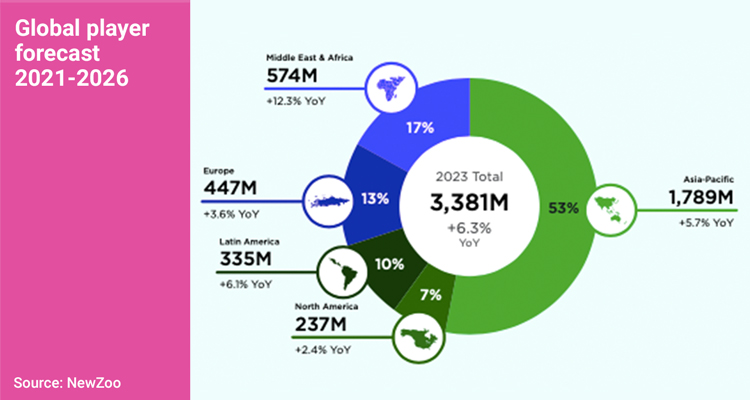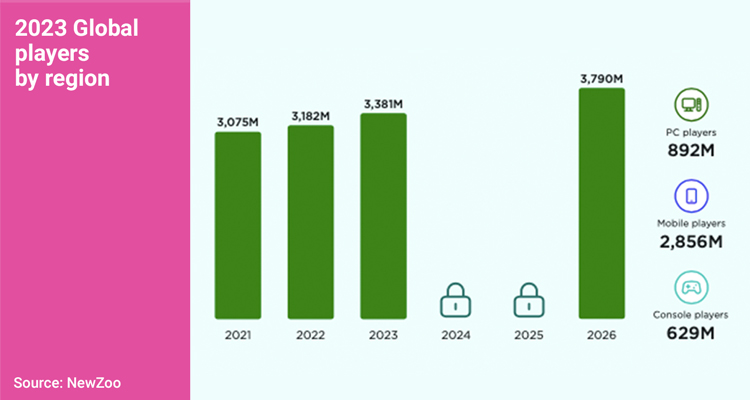The video game industry in Asia not only dominates in numbers, but also positions itself as an engine of innovation and cultural change on the global scene. This continent, with more than half of the world’s gamers, leads in both technological development and consumer trends.

China, the road to global leadership: China’s evolution as a gaming giant is exemplified by Black Myth: Wukong, a game developed by Game Science that marked a turning point in 2024. This title not only achieved record sales in the country, but also generated global interest, standing out for its impressive visual quality and its narrative inspired by classical Chinese literature. Beyond entertainment, Black Myth: Wukong has boosted cultural tourism and interest in PC components, reaffirming the integration of the gaming industry with other economic sectors.
The game’s success, however, is not without controversy. Its cultural narrative is aligned with the Chinese government’s soft power agendas, which has raised concerns in the West about possible propagandistic intentions. In addition, Game Science has faced criticism for misogyny, reflecting persistent challenges in terms of inclusiveness in the industry.

South Korea, a leader in Mobile Games: South Korea stands out as the leading mobile gaming market in East Asia, scoring 90.06 out of 100 in Ookla’s Speedtest Game Score in H1 2024. This is largely due to its advanced 5G infrastructure, which provides ultra-low latencies (55 ms) and smooth gaming experiences. 5G connectivity has not only improved the quality of gaming in the country, but also boosted the competitiveness of South Korean developers internationally.
Southeast Asia, a Growing Region: In Southeast Asia, gaming habits are booming, with a 53% increase in time spent playing video games by 2024. Countries such as Thailand and Vietnam are leading this trend. In addition, the use of digital wallets is prevalent, and female gamers account for a significant percentage of video game spending, defying gender stereotypes. However, for developers, understanding the cultural and linguistic differences of each market is key to capturing the potential of this region.

Asia-Pacific, the center of global gaming: The Asia-Pacific region accounts for 46% of global gaming revenues and more than half of the world’s gamers. Although its year-on-year growth was slower in 2023, mainly due to the Chinese market, it remains the epicenter of video game development and consumption. The proliferation of options such as cloud gaming, multiplayer releases and cross-platform experiences promise sustained growth through 2026.
What does the future hold for the industry?: With giants like Microsoft looking to Asia to expand their presence in the mobile and portable markets, the continent is poised to define global gaming trends. Whether through innovative games like Black Myth: Wukong, the technological leadership of South Korea or the dynamism of Southeast Asia, the region continues to establish itself as the core of the global gaming industry.







